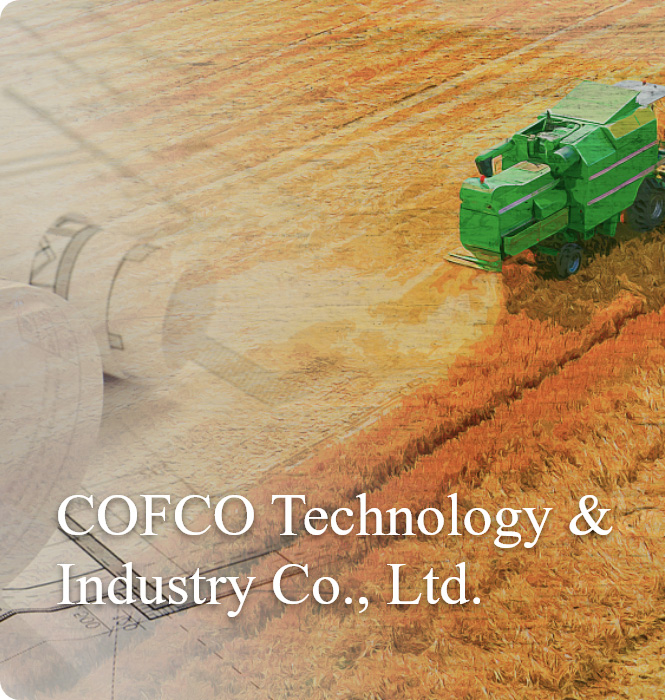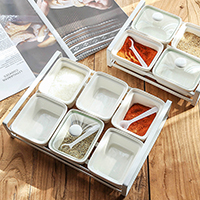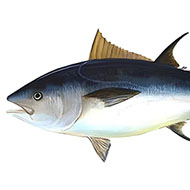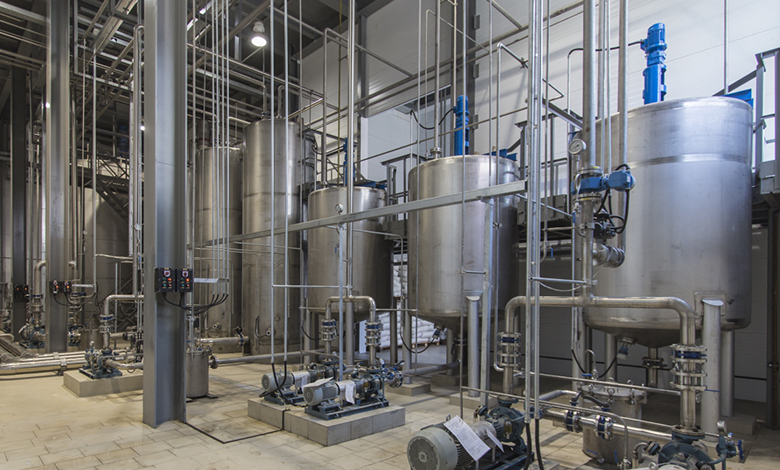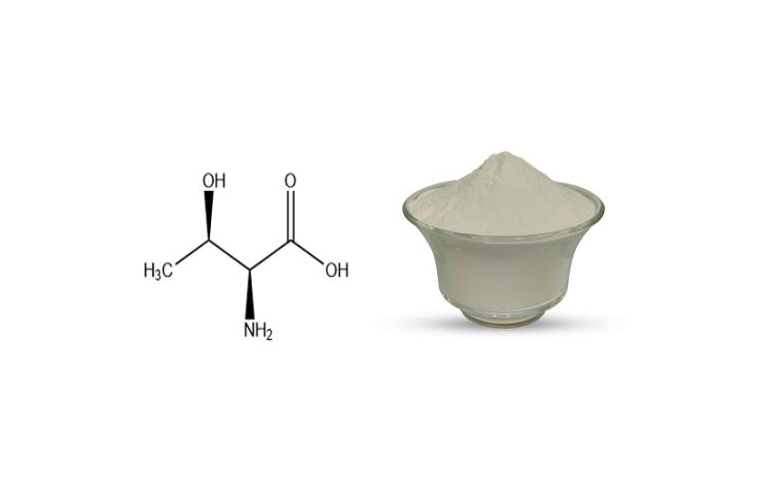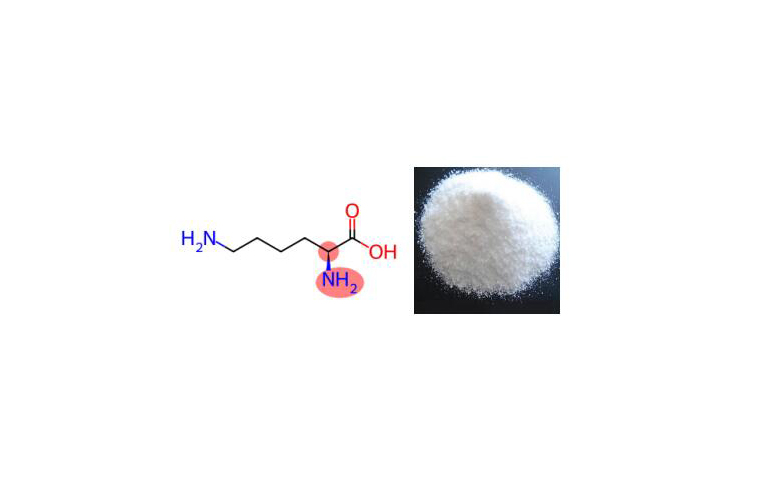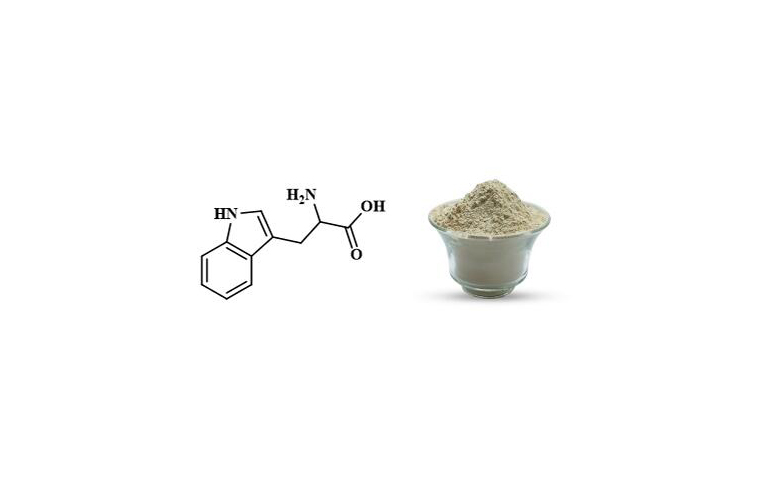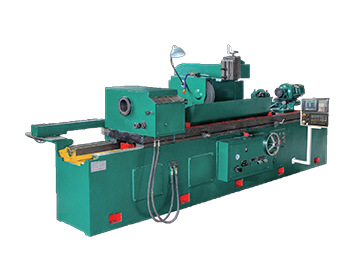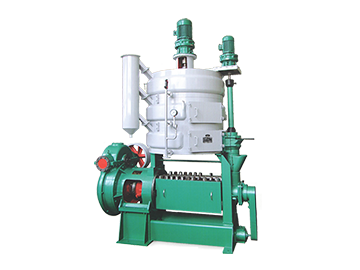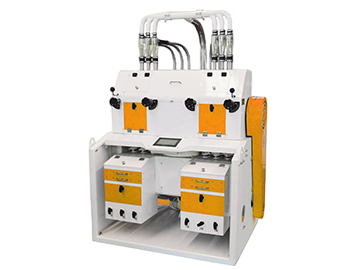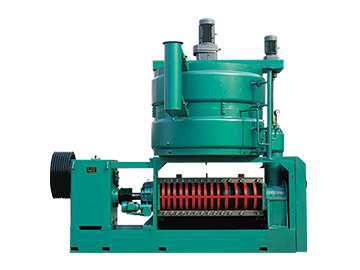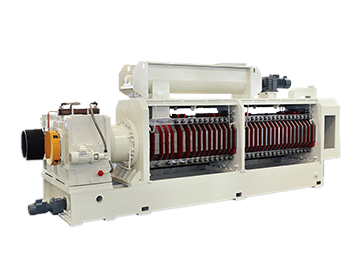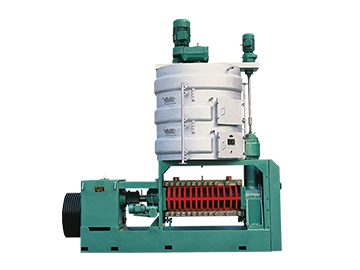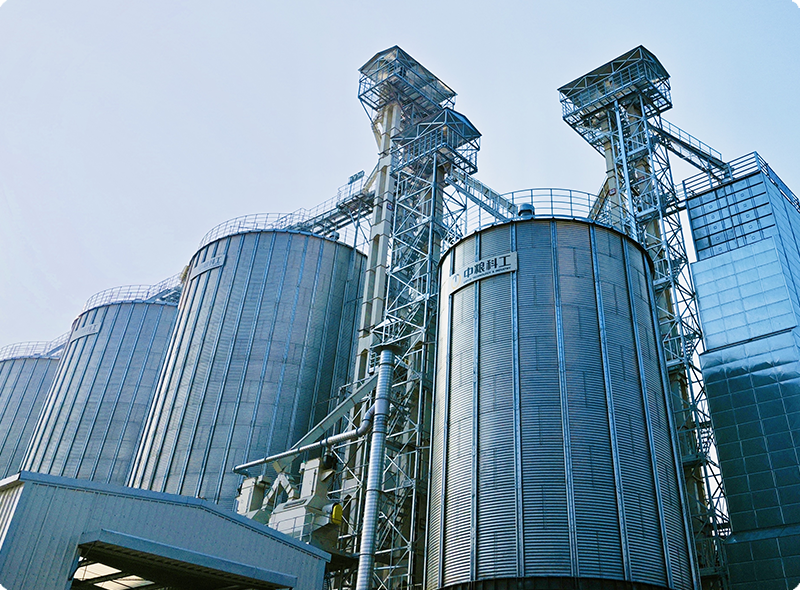Introduction of Glutamic Acid Solution
Glutamic acid (glutamate), with the chemical formula C5H9NO4, is a major component of proteins and one of the essential amino acids in nitrogen metabolism within biological organisms. It plays a significant role in cognition, learning, memory, plasticity, and developmental metabolism. Glutamate is also crucially involved in the pathogenesis of neurological diseases such as epilepsy, schizophrenia, stroke, ischemia, ALS (Amyotrophic Lateral Sclerosis), Huntington's chorea, and Parkinson's disease.
We provide a full range of engineering services, including project preparatory work, overall design, equipment supply, electrical automation, installation guidance and commissioning.
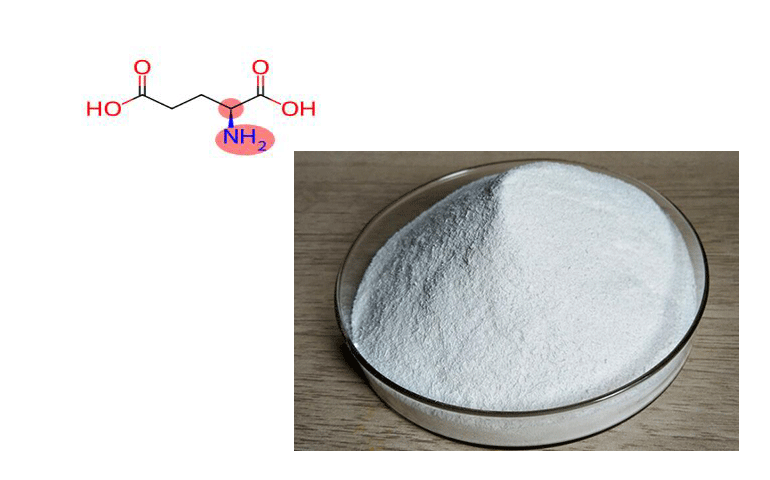
Glutamic Acid Production Process
Starch
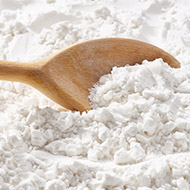
Glutamic Acid
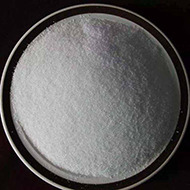
Application Fields of Glutamic acid
Food Industry
Glutamic acid can be used as a food additive, salt substitute, nutritional supplement, and flavor enhancer (mainly for meat, soup, and poultry, etc.). Its sodium salt—sodium glutamate is used as a flavoring agent, such as monosodium glutamate (MSG) and other seasonings.
Feed Industry
Glutamic acid salts can significantly improve the appetite of livestock and effectively accelerate growth. Glutamic acid salts can promote the growth and development of livestock, improve feed conversion rates, enhance the immune functions of animal bodies, improve the composition of milk in female animals, increase the nutritional level, and thereby improve the weaning survival rate of lambs.
Pharmaceutical Industry
Glutamic acid itself can be used as a drug, participating in the metabolism of proteins and sugars in the brain, promoting the oxidation process. In the body, it combines with ammonia to form non-toxic glutamine, which reduces blood ammonia levels and alleviates symptoms of hepatic coma. Glutamic acid is also used in biochemical research and in medicine for the treatment of hepatic coma, prevention of epilepsy, and alleviation of ketosis and ketonemia.
Glutamic acid can be used as a food additive, salt substitute, nutritional supplement, and flavor enhancer (mainly for meat, soup, and poultry, etc.). Its sodium salt—sodium glutamate is used as a flavoring agent, such as monosodium glutamate (MSG) and other seasonings.
Feed Industry
Glutamic acid salts can significantly improve the appetite of livestock and effectively accelerate growth. Glutamic acid salts can promote the growth and development of livestock, improve feed conversion rates, enhance the immune functions of animal bodies, improve the composition of milk in female animals, increase the nutritional level, and thereby improve the weaning survival rate of lambs.
Pharmaceutical Industry
Glutamic acid itself can be used as a drug, participating in the metabolism of proteins and sugars in the brain, promoting the oxidation process. In the body, it combines with ammonia to form non-toxic glutamine, which reduces blood ammonia levels and alleviates symptoms of hepatic coma. Glutamic acid is also used in biochemical research and in medicine for the treatment of hepatic coma, prevention of epilepsy, and alleviation of ketosis and ketonemia.
Lysine production project
You Might Also Be Interested In
Related Products
You Are Welcome To Consult Our Solutions, We Will Communicate With You In Time And Provide
Professional Solutions
Full Lifecycle Service
We provide customers with full life cycle engineering services such as consulting, engineering design, equipment supply, engineering operation management, and post renovation services.
We're Here to Help.
Frequently Asked Questions
-
CIP Cleaning System+CIP cleaning system device is a non-decomposable production equipment and a simple and safe automatic cleaning system. It is used in almost all food, beverage and pharmaceutical factories.
-
A Guide to Pressed and Extracted Oils+There are significant differences between the pressed oil and extracted oil in terms of processing techniques, nutritional content, and raw material requirements.
-
Scope of Technical Service for Grain-based Biochemical Solution+At the core of our operations are internationally advanced strains, processes, and production technologies.
Inquiry
